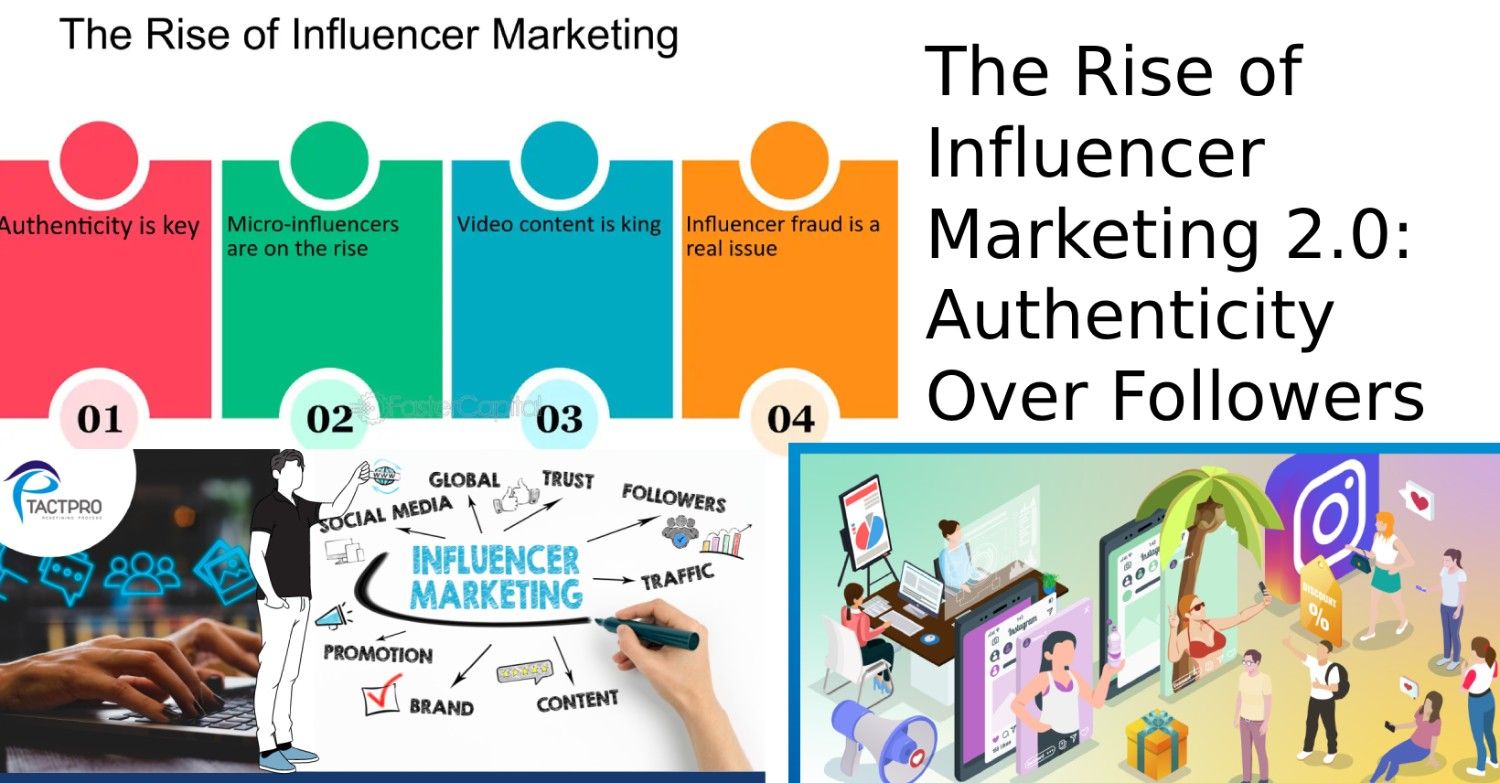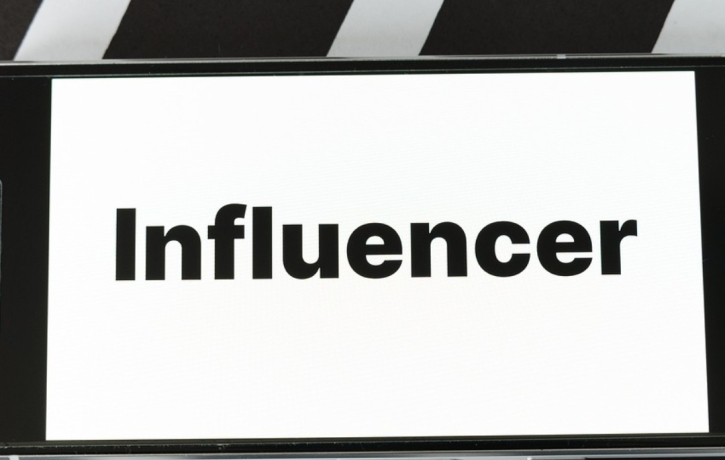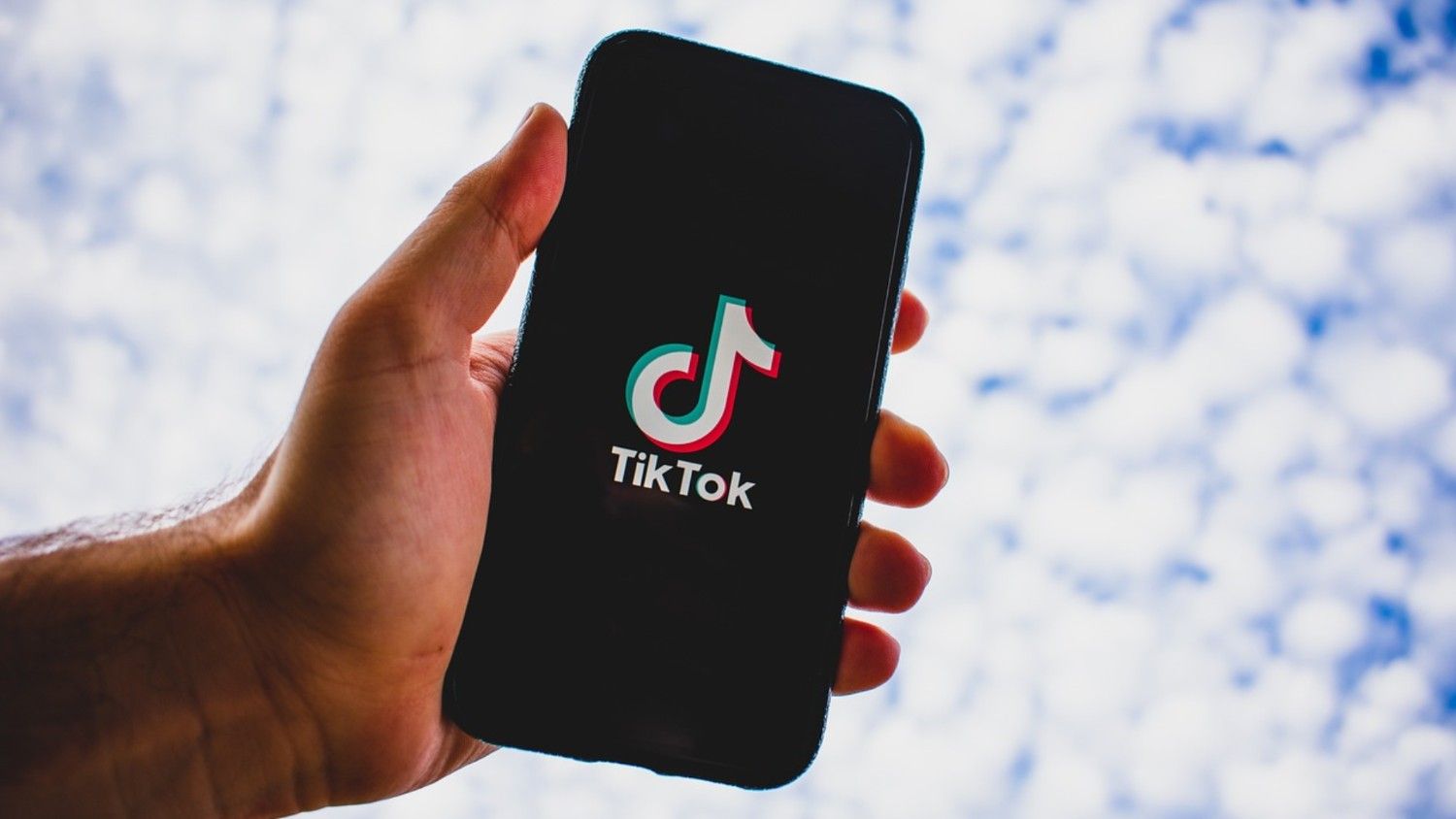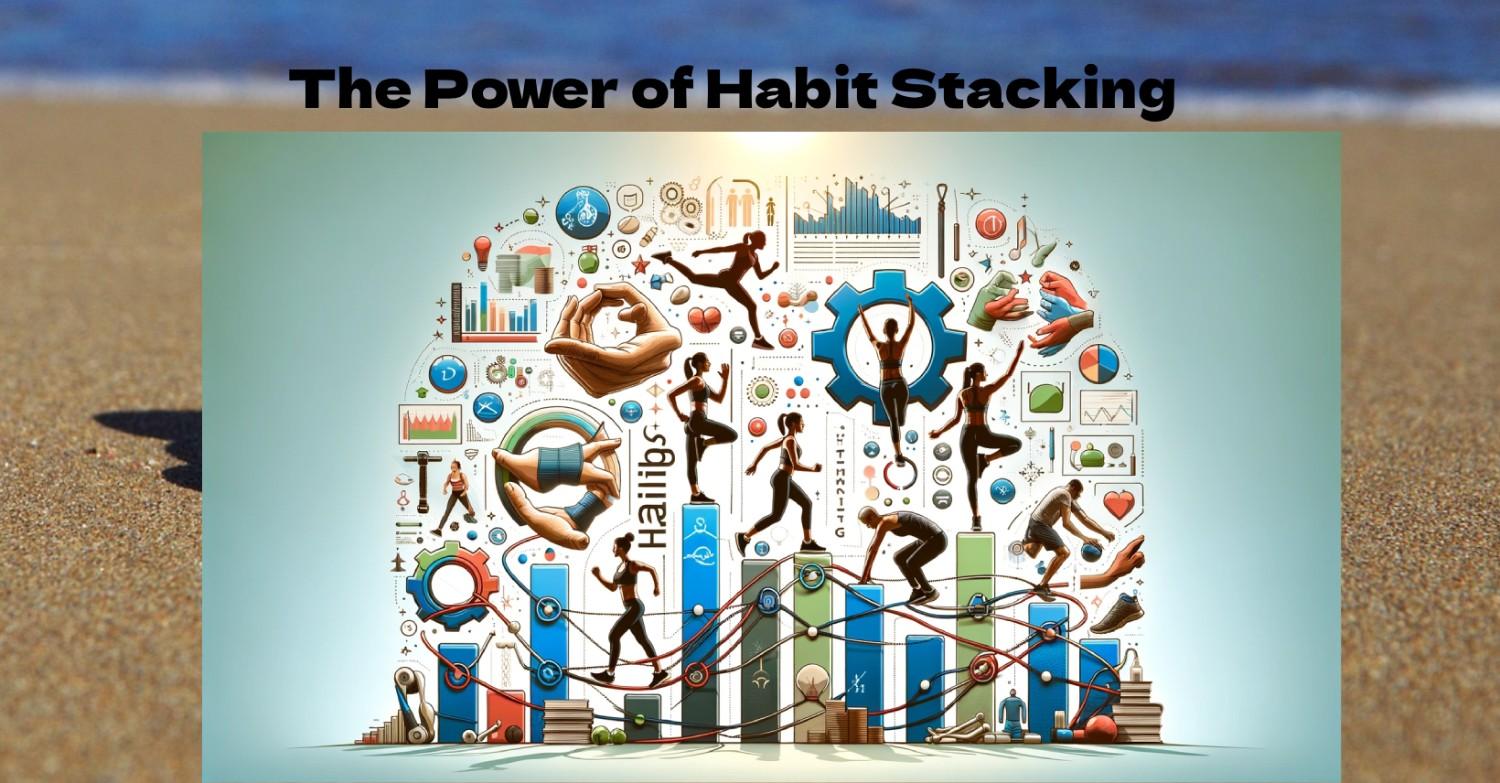- 1 Introduction to the Rise of Influencer Marketing
- 2 What Is Influencer Marketing 2.0?
- 3 From followers to engagement:
- 4 Why Authenticity Is the New Currency
- 5 Authenticity vs. Aesthetics: What Matters More?
- 6 Metrics That Define Success in Influencer Marketing 2.0
- 7 Storytelling: The Secret Sauce of Successful Campaigns
- 8 Challenges in Adopting Influencer Marketing 2.0
- 9 Tips for Brands to Succeed in Influencer Marketing 2.0
- 10 Conclusion: Authenticity Is the Future of Influencer Marketing

Introduction to the Rise of Influencer Marketing
Influencer marketing used to be all about numbers, but it has evolved into a trust game in digital marketing. Brands can no longer pick influencers based on follower count alone. Welcome to The Rise Of Influencer Marketing 2.0: where authenticity, engagement, and trust trump vanity metrics.
This article will explain the underpinnings of Influencer Marketing 2.0, authenticity’s role, and how brands can succeed in this new space. Whatever your level of business owner or influencer, this guide will help you navigate the future of influencer collaborations.
What Is Influencer Marketing 2.0?
Influencer Marketing 2.0 is a new collaboration with influencers that emphasises authenticity, meaningful relationships, and lasting partnerships. Here, authenticity, quality, and engagement supersede the quantity of followers.
Characteristics:
Niche-specific micro-influencers and nano-influencers tend to dominate the agenda.
Trust- and relatability-trumps celebrity appeal.
Authentic, high-quality, relevant, and meaningful content that connects with the audience.
From followers to engagement:
In the earliest days of influencer marketing, follower count was measured to be the most successful. However, this measure only led to numerous fake accounts and low engagement rates among people.
Why Engagement Matters More:
Higher Trust Levels: Followers trust influencers who engage with their community.
Better ROI: Engaged audiences are more likely to convert into customers.
Authentic Relationships: Smaller communities facilitate genuine connections.
Why Authenticity Is the New Currency
Today’s customers are bombarded with advertisements and promotions. They want content that comes from a real person and is relevant to them. That is authenticity.
Why Authenticity Works
Establishes Trust: Authentic influencers are held in high regard as trusted sources.
Creates Loyalty: Audiences are more likely to stick with authentic influencers.
Enhances Engagement: Authentic content often elicits engagement with high-value conversations. 4. Micro and Nano Influencers: The Heroes of Influencer Marketing 2.0
Micro-influencers (10,000–100,000 followers) and nano-influencers (less than 10,000 followers) are gaining significance in Influencer Marketing 2.0.
Why They Work:
They talk about the lives of average people whom the audience can identify with.
They specialise in a niche/industry/area of interest.
For the price of one macro-influencer, brands can work with several micro-influencers
Authenticity vs. Aesthetics: What Matters More?
In the past, influencers curated picture-perfect lives, but audiences now seek transparency. Behind-the-scenes glimpses, personal stories, and unfiltered moments are gaining traction.
What Brands Should Prioritize:
Partner with influencers who show their true selves.
Avoid overly polished content that feels staged.
Encourage storytelling over product showcasing.
Metrics That Define Success in Influencer Marketing 2.0
Follower count is no longer the gold standard of influencer marketing success. It is now more about metrics reflecting real engagement.
Key Metrics to Watch
Engagement Rate: This counts likes, comments, and shares.
Audience Demographics: ensures that the influencer’s followers are matching the brand’s target audience
Content Authenticity: measures how naturally the product blends into the influencer’s content
Conversion Rates: assesses how successful call-to-action campaigns are.
Storytelling: The Secret Sauce of Successful Campaigns
Authentic Storytelling is the core of Influencer Marketing 2.0. Rather than hard-selling a product, an influencer would share an experience of how the product could insert itself into one’s life.
Examples:
A fitness influencer gives an account of how the supplement altered their workout.
A parent influencer is sharing how it could solve everyday parenting concerns.
A travel influencer is sharing how a product came in handy when travelling.
8. Long-term collaborations over a single deal.
In Influencer Marketing 2.0, brands are shifting from one-time to long-term collaborations.
Why Long-Term Collaborations Work
Consistency: Repeated exposure builds stronger brand recognition.
Deeper Integration: Influencers create more authentic content over time.
Audience Trust: Followers see the partnership as real, not transactional.
Challenges in Adopting Influencer Marketing 2.0
There are challenges in using this approach.
Common Obstacles
Finding the right influencers is not easy and requires effort.
Measuring Authenticity: Brands must look beyond vanity metrics.
Ensuring Compliance: Influencers need to disclose partnerships transparently.
Tips for Brands to Succeed in Influencer Marketing 2.0
If you’re ready to embrace authenticity, here are some actionable tips:
Do Your Research: Vet influencers carefully to ensure they align with your brand values.
Define Clear Goals: Set specific objectives, whether brand awareness or sales conversions.
Provide Creative Freedom: Let influencers craft content in their unique style.
Target Niche Audiences: Work with influencers who focus on your niche.
Measure the Right Metrics: Monitor engagement, conversions, and brand sentiment.
Conclusion: Authenticity Is the Future of Influencer Marketing
The new wave of Influencer Marketing 2.0 signifies a better understanding of modern audiences. It is no longer about a millions-strong reach but connecting meaningfully with the right people.
Brands focusing more on authenticity, engagement, and trust will flourish in this new world. By emphasising long-term partnerships with real connections to the audience, businesses can build stronger relationships and achieve sustainable success.








